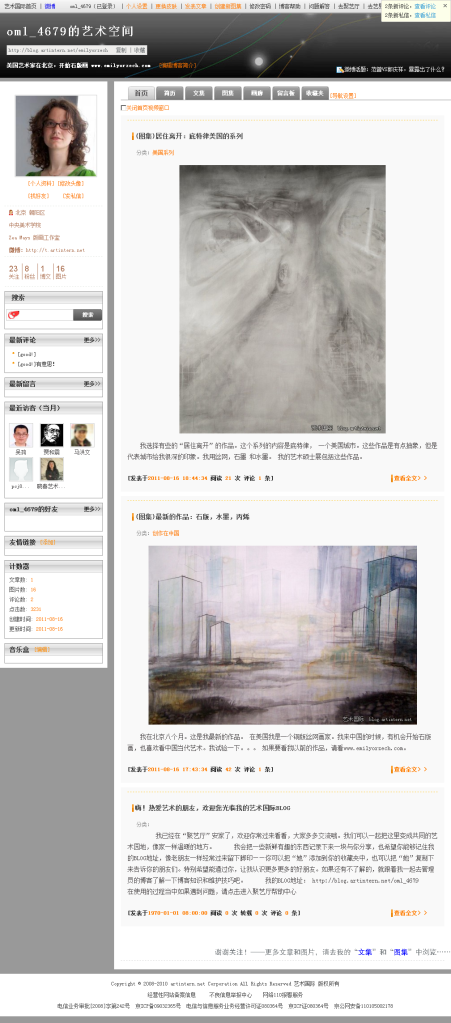This is a large drawing I made while at the Dapu International Art Center in Daqing, Heilongjiang Province, China.

I started this image after noticing all of the different types of grasses that grew along the edge of the road between the art center and one of the universities. According to Zheng Xuewu, the entire area had been fields of grass the previous year. Now the buildings in the new “cultural” area were almost complete.

I remembered seeing large stretches of grassland as we drove in to Daqing. I grew up in the foothills and mountains of North Carolina and have always regarded “flat” as boring bordering on slightly frightening since a person walking through a field of grass suddenly becomes the tallest thing. But these grasslands were beautiful. Xuewu told us that this part of Heilongjiang was where the grasslands that swept through inner and outer Mongolia, all the way across northern China, started. As I worked on the drawing I began to appreciate more and more the great variety of grasses and the ways each type made different patterns and appeared soft or sharp and bristly even from a distance. In my room my windowsill was lined with plants I collected along the edge of the road.

I was reminded of my classmate from Michigan, Catherine Meier. She used to work in the great plains of the United States. During graduate school she made a series of woodblock prints based on the grasslands. Later she went to Mongolia to study nomadic culture. Much of her recent work has been stop motion animation based on large graphite drawings of the plains. In the video individual blades of grass bend and move in the wind. As I worked on the drawing in Daqing I kept thinking about her work. There was something appealing in the ways in which something so apparently simple as drawing a field or a wetland was so infinitely variable. I realized I not only had to think about the ways the different species of plants layered, intertwined and created overall textures but also how invisible forces like light and wind and water were indicated by the way the blades of grass bent or cast shadows.

I also later learned that the wetlands surrounding Daqing’s hundred lakes was the largest in China. We visited the wetlands once during my stay. Sadly the light was bad that day and it was already late for birding (11:00), but still I saw a wide variety of ducks and herons. I believe the wetlands are also a stop for rare cranes. The area is a very important habitat for migratory birds, on a rout through Russia and sometimes all the way over to Europe.

Visually there was very little impact of the oil industry on the landscape. The oil drills themselves looked like small bobbing birds in the distance, or like a child’s toy. Still, I remember how at Green River Preserve, a summer ecology camp in the North Carolina mountains, we found that even the presence of a gravel road had a significant impact on the diversity of small water insects living in nearby streams, which in turn could alter the entire food chain. Might the drilling and development have an impact on the beautiful grasslands and wetlands and the birds who took sanctuary their even though it appeared to be so expansive?

I was surprised many people I talked to had never visited the wetlands even though they had grown up in Daqing. It was such a beautiful place, especially after the crowds and traffic and pollution of a big city. At home I know we would have been taken to the wetlands on class field trips and would have had to fill out worksheets identifying birds and plants. I wonder if children will get to go on those sorts of field trips now that Daqing is prospering .
.
 Show at the Beijing American Center
Show at the Beijing American Center




















